India and Russia aim to achieve a bilateral trade worth $100 billion by 2030 and also plan to establish a Free Trade Agreement with the Eurasian Economic Union (EAEU).
Peace negotiations are unsuccessful in the presence of explosives, firearms, and ammunition, stated Prime Minister Narendra Modi.

India and Russia aim to increase bilateral trade to $100 billion by 2030, address the unequal trade balance, remove non-tariff trade obstacles, and consider establishing an EAEU-India Free Trade Area.
After several discussions between Prime Minister Narendra Modi and Russian President Vladimir Putin, a joint statement was released on Tuesday stating that both countries aim to create a bilateral settlement system using their currencies and incorporate digital financial tools in their transactions. Putin awarded Modi the 'Order of St Andrew the Apostle' for his efforts in strengthening the relationship between their two countries.
The prime minister sent a clear message to Putin about the Ukraine war, stating that peace cannot be achieved amidst violence like bombs and bullets. He also expressed worry about a missile strike on a children's hospital in Kyiv, highlighting the heartbreaking impact of innocent children dying. The Russian president praised Modi for his efforts to address the Ukraine crisis using primarily peaceful methods.
During Modi's two-day visit to Moscow, the focus was primarily on economic cooperation, particularly in energy, trade, manufacturing, and fertilizers. Both parties have requested more goods from India to achieve a balanced trade relationship and for a renewed focus on investments under special investment regimes.
India also emphasized the importance of expanding the range of goods traded between the two countries, particularly focusing on increasing market access for agricultural and industrial products. The document also highlighted the importance of increased collaboration in essential energy industries such as nuclear energy, oil refining, and petrochemicals, intending to enhance mutual and international energy security while considering the potential for global energy transition.
With exports amounting to only $4.2 billion to Russia, both parties emphasized the importance of boosting trade in agricultural goods, food, and fertilizers. During 2023-24, India had a trade gap of $57 billion with Russia.
Improving Customs processes by utilizing smart technology for seamless movement of goods. They both stated that a significant portion of this trade will likely occur via important global pathways such as the North-South International Transport Corridor, the Northern Sea Route, and the Chennai-Vladivostok Sea Line.
The statement has also proposed that Indian and Russian companies should be allowed easier entry into each other's markets through the establishment of subsidiaries and industrial clusters. Likewise, they have both advocated for establishing new subsidiary companies with favorable tax incentives.
Efforts are also being made to encourage investments and cooperative projects in a range of areas within the digital economy, science, and research, as well as promoting educational exchanges and internships for high-tech company employees.
What's Your Reaction?









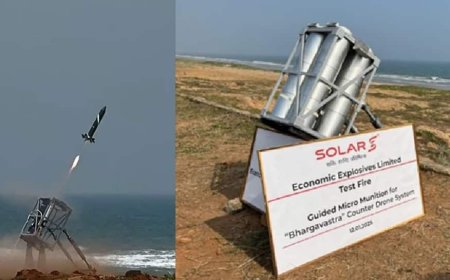

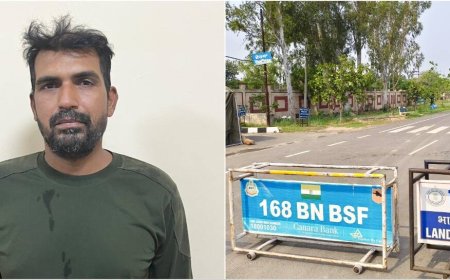
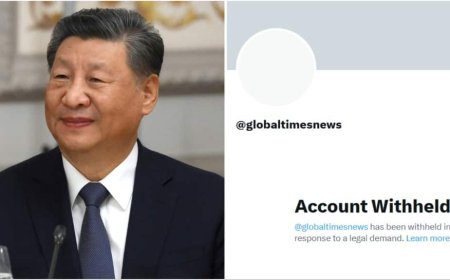




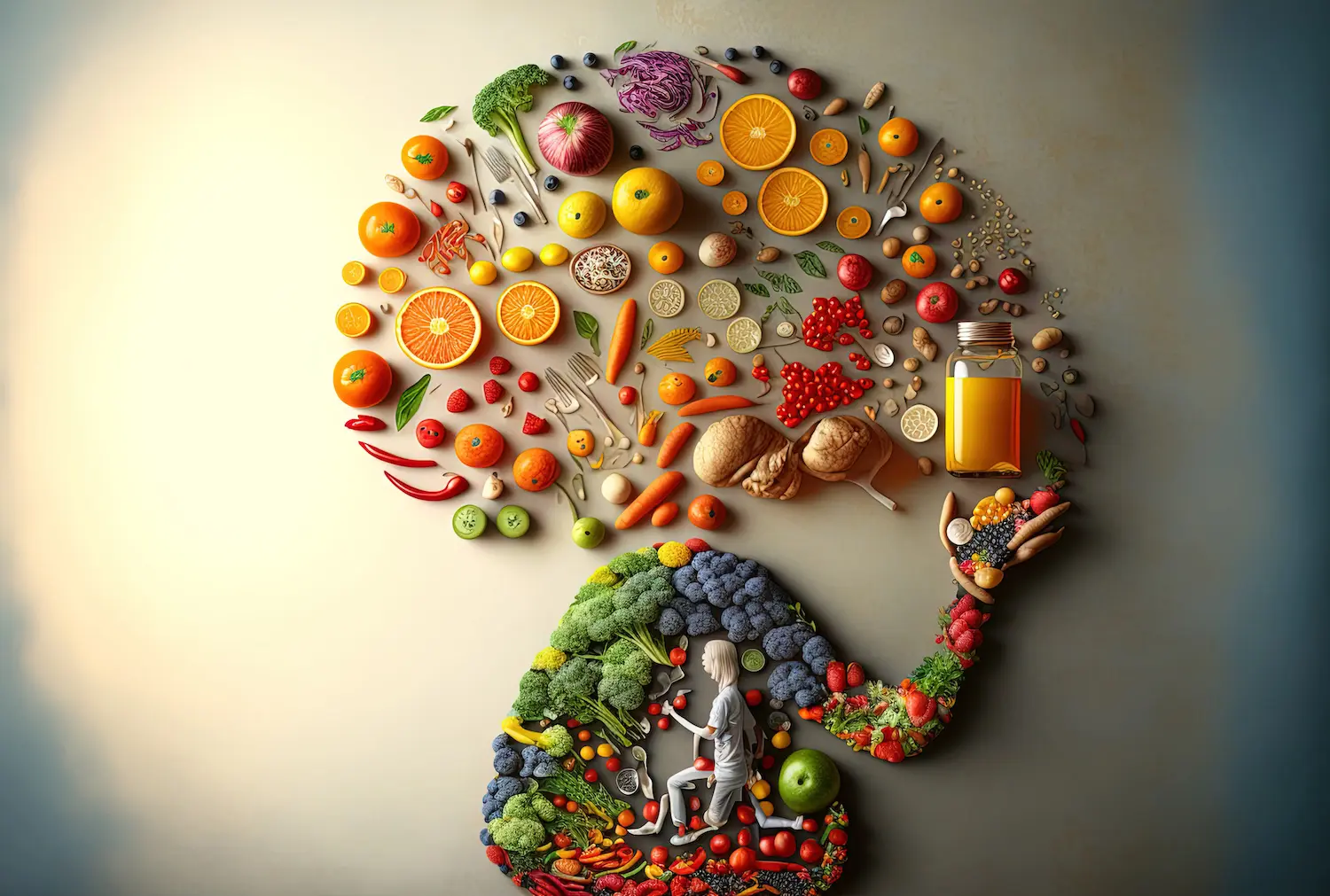



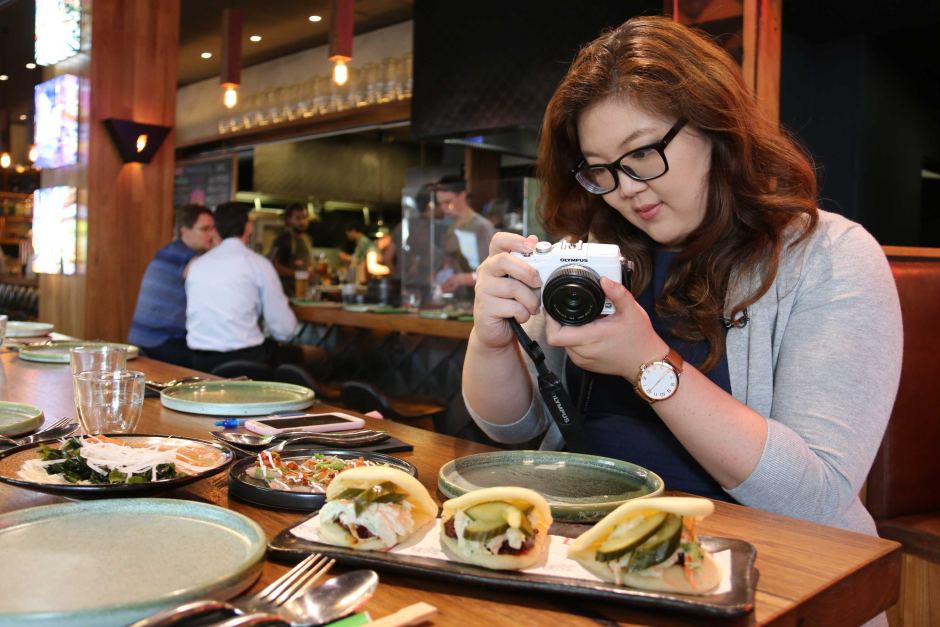

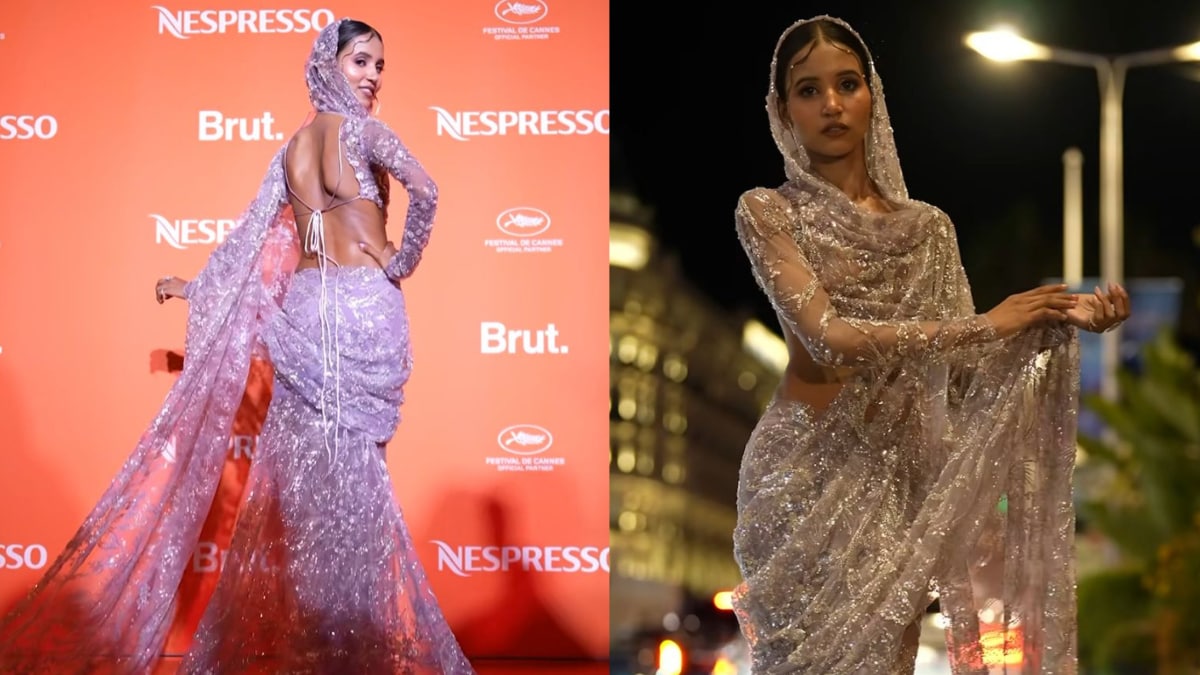



:max_bytes(150000):strip_icc()/GettyImages-80487462-59833fb6d088c000112fcc2c.jpg)





/https://tf-cmsv2-smithsonianmag-media.s3.amazonaws.com/filer/b6/30/b630b48b-7344-4661-9264-186b70531bdc/istock-478831658.jpg)





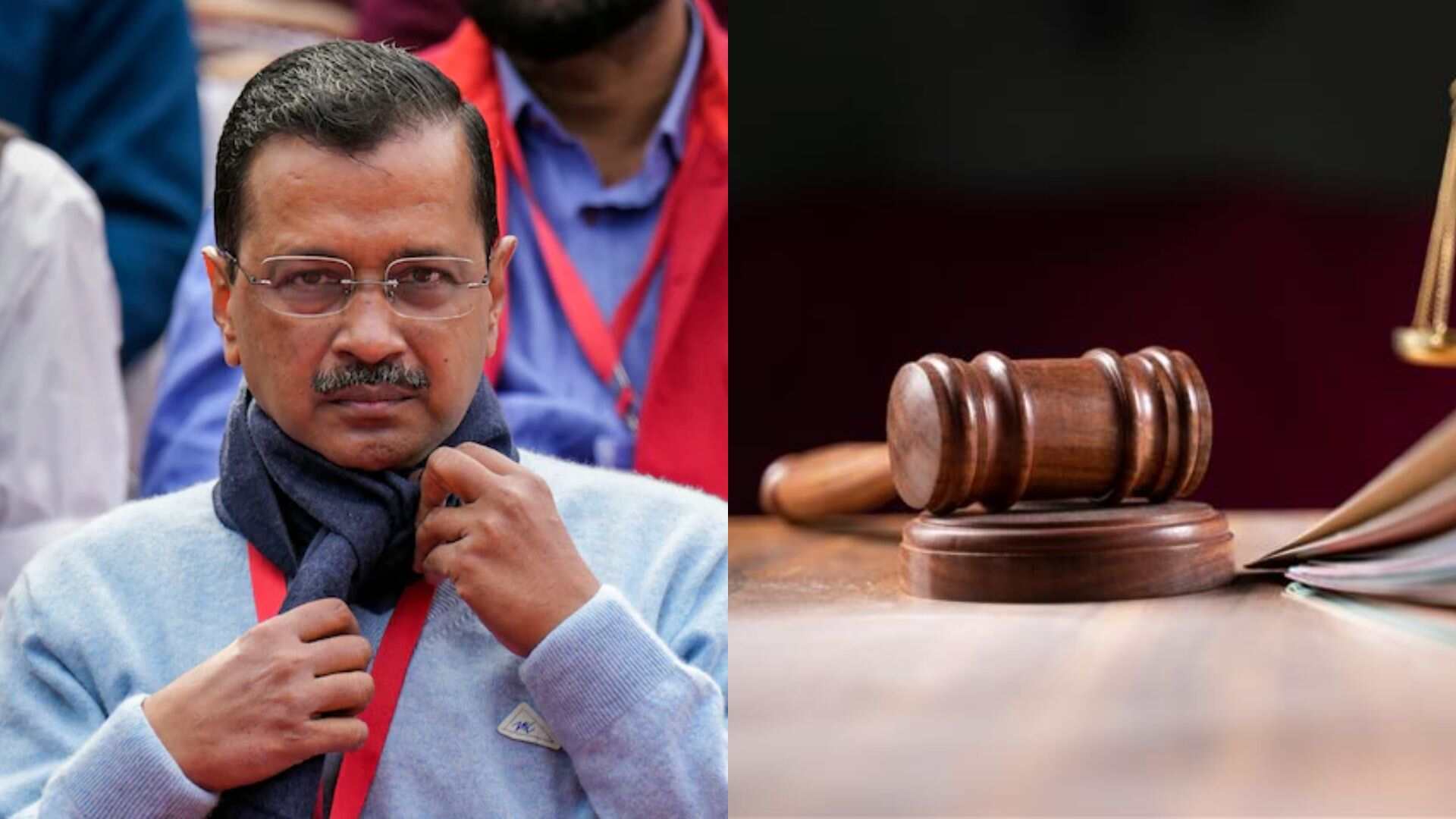
)

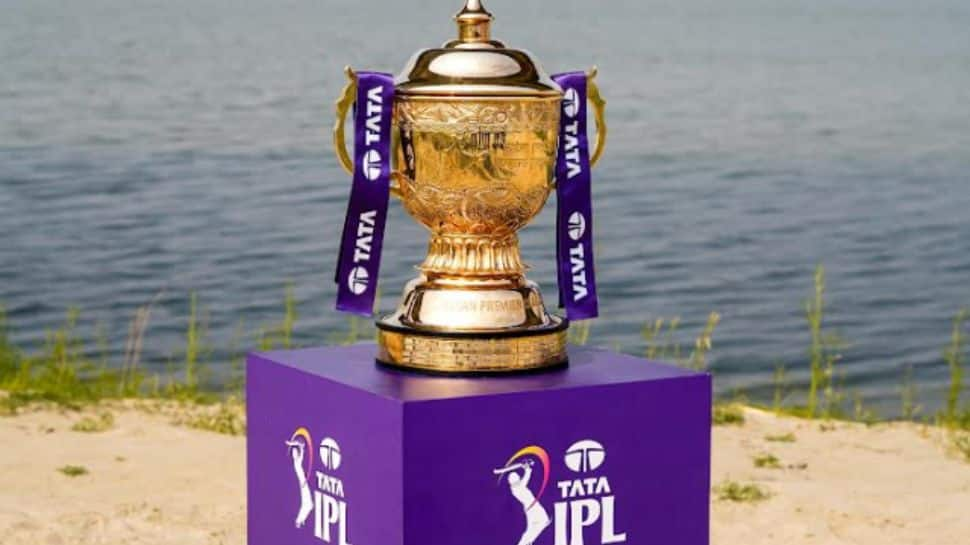

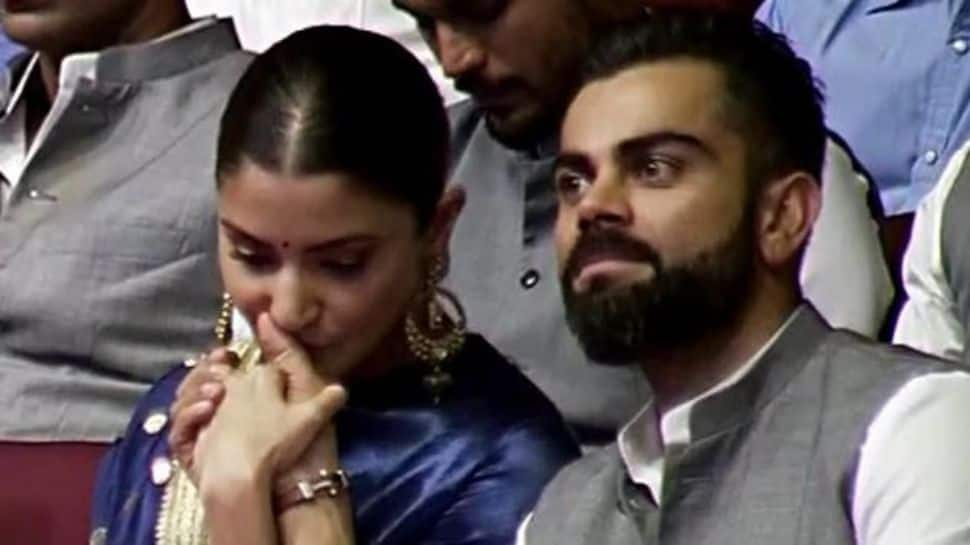













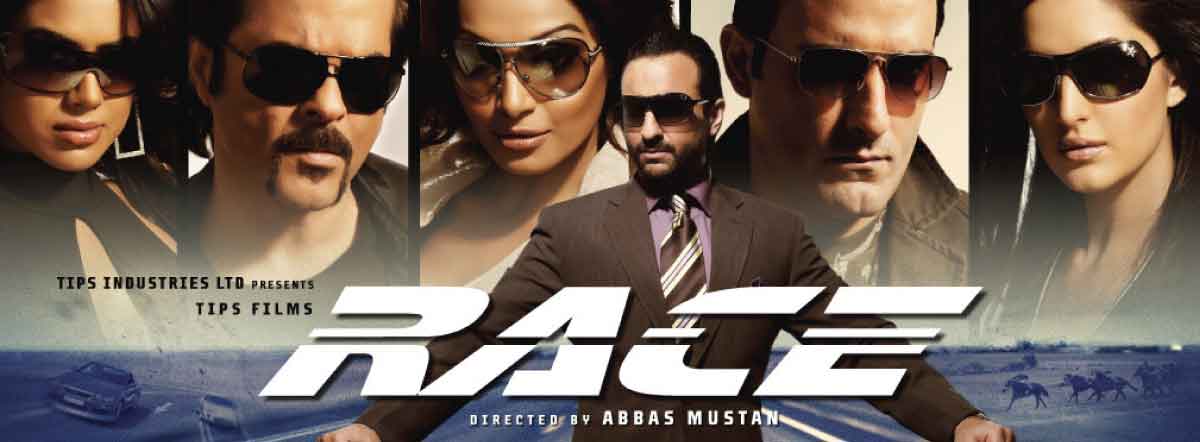

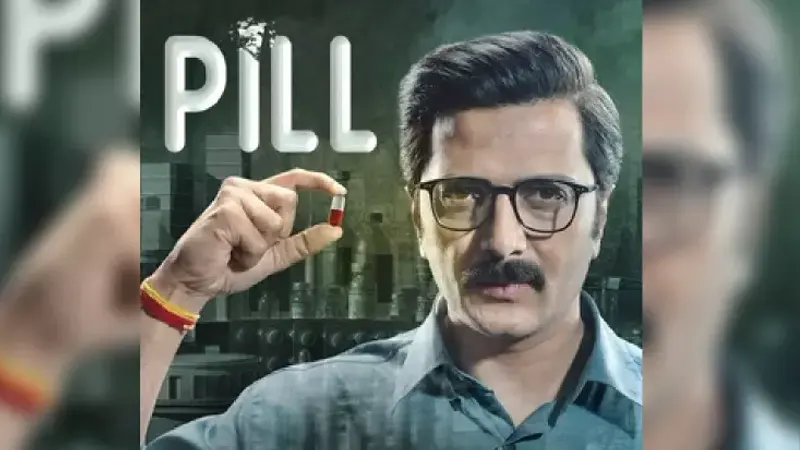






:max_bytes(150000):strip_icc()/GettyImages-173607153-3eb9caf873014f9ab2e3c11cf071d2c9.jpg)




















)



